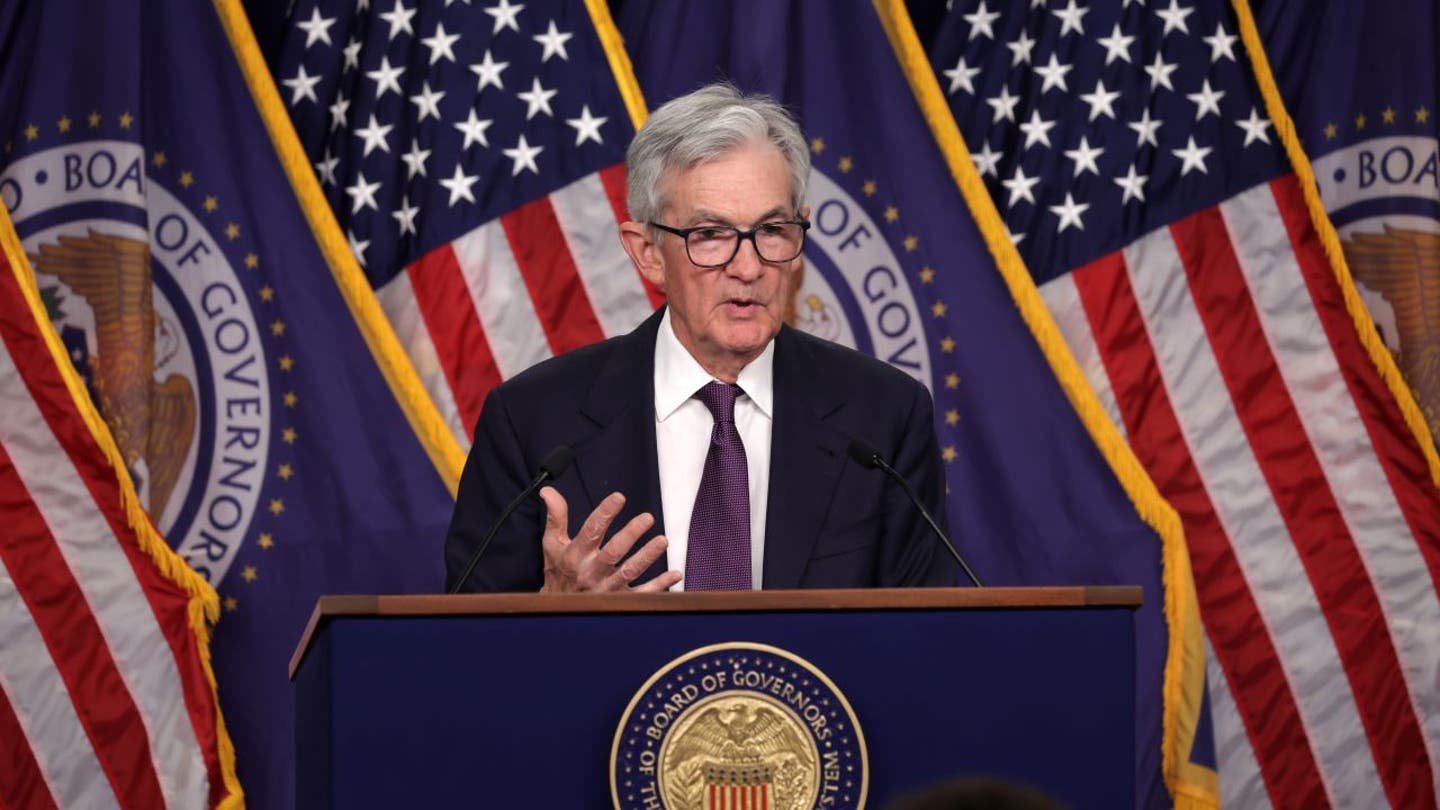The Big Money Show Panel responds DOGE doubled in its e -mail last week.
The US economy added work at a slower rate than expected in February, giving the federal reserve more labor market data to consider as it is prepared to meet later this month.
The Department of Labor on Friday reported that employers added 151,000 jobs in February, under the estimation of 160,000 jobs made by LSEG economists.
The unemployment rate was 4.1%, slightly higher than economists’ expectations would remain at 4%.
The number of jobs increased in the previous two months were both revised, with the creation of jobs in December revised with 16,000 from a profit of 307,000 to 323,000; While January was revised with 18,000 from a profit of 143,000 to 125,000. Received together, reviews reduce previously reported employment by 2,000 jobs.
US job decline increases 245% in February for Federal Government holidays
Private sector salaries added 140,000 jobs in February, just lower than 142,000 rated by LSEG economists.
Federal government employment fell with 10,000 jobs in February while the Government Efficiency Department (DOGE), led by Elon Musk, began to make cuts.
At all levels of government, employment increased by 11,000 in February – with state governments by adding 1,000 jobs and local governments 20,000 jobs for more than compensating federal job losses.
Production added 10,000 jobs in February to rating LSEG economists for a profit of 5,000.
The private sector only adds 77K work in February, much below expectations, says ADP
Health care added 52,000 jobs last month, roughly in accordance with the average monthly profit of 54,000 over the past 12 months. The growth was led by outpatient health care services (+25,600), hospitals (+14.900) and nursing institutions and housing care (+11.500).
Employment in financial activities increased by 21,000 – over the average profit of 5,000 over the past year. The growth was in real estate, rent and rent (+9.900) and insurance (+5,100), while trading banking poured some jobs (-4,700).
The US economy added fewer jobs than expected in February, according to the Department of Labor. (Leonardo Munoz / ViewPress / Getty Images)
Transport and storage employment increased by 17,800 jobs in February, with the increase of jobs between couriers and messengers (+23,500) and air transport (+3,500).
Social assistance added 11.100 jobs-a lower rate of a 12-month average of 21,000-most of the profits that occur in individual and family services (+10,000).
The retail sector poured 6.300 jobs in February and employment in the sector has shown some net changes over the past year.
The labor force participation was 62.4% in February, as it changed slightly over the past year and dropped slightly by 62.6% reported in January.
Doge is resting thousands: What impact will he have with unemployment and the economy?
The number of people considered to be long-term unemployed, designated as unemployed for 27 weeks or more, was 1.5 million in February-Shkur higher than 1.4 million reported last month. Long -term unemployed accounted for 20.9% of all unemployed persons.
The number of part -time employees for economic reasons increased by 460,000 to 4.9 million in February. These workers would have preferred full -time work, but were working part -time because their hours had been reduced, or they could not find full -time work.
Numerous work holders increased by 96,000 in February and represented 5.4% of the labor force, a level that has been changed slightly last year.

Fed Chairman Jerome Powell said after the latest meeting of the policymakers that “conditions in the labor market are widely in balance”. (Alex Wong / Getty Images / Getty Images)
The February job report comes while the Federal Reserve is preparing for its future policy meeting on March 18-19, with the Central Bank expected to maintain the interest rates between uncertainty on the inflation and health market health.
“Fed is in a pickle,” said Bill Adams, chief economist for Comerica Bank. “On the one hand, the slower growth of jobs and the increase in unemployment are arguments for a decrease in the norm. On the other hand, inflationary policies such as tariffs and immigration restrictions are arguments against a cut.”
“We have to do! Most likely that the Fed will sit in their hands for a while, just as private employment managers seem to be doing,” Adams explained, citing firm projects, Fed’s future interest in a quarter percentage in July.
Get FOX Business in GO by clicking here
Market expectations that the FED will leave unchanged rates this month were reinforced by the February job report.
A week ago, the market had a 92% probability of FED, leaving the level of federal funds of the standard unchanged at a range of 4.25% to 4.5%, according to the CME Fedwatch vehicle. This decreased to 88% yesterday in the midst of the uncertainty for tariffs, though it withdrew to 97% on Friday after the release of job reports.